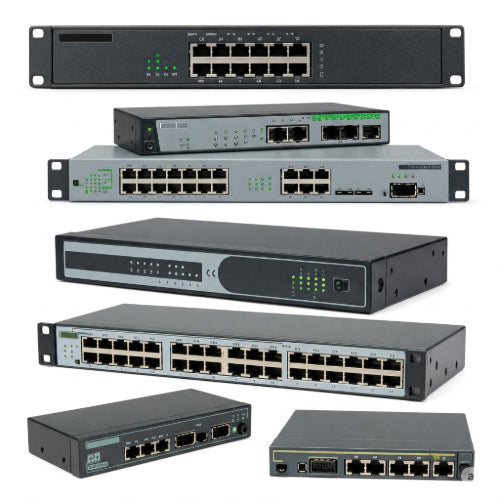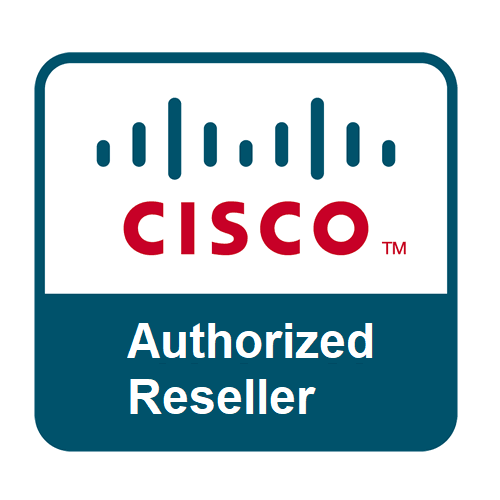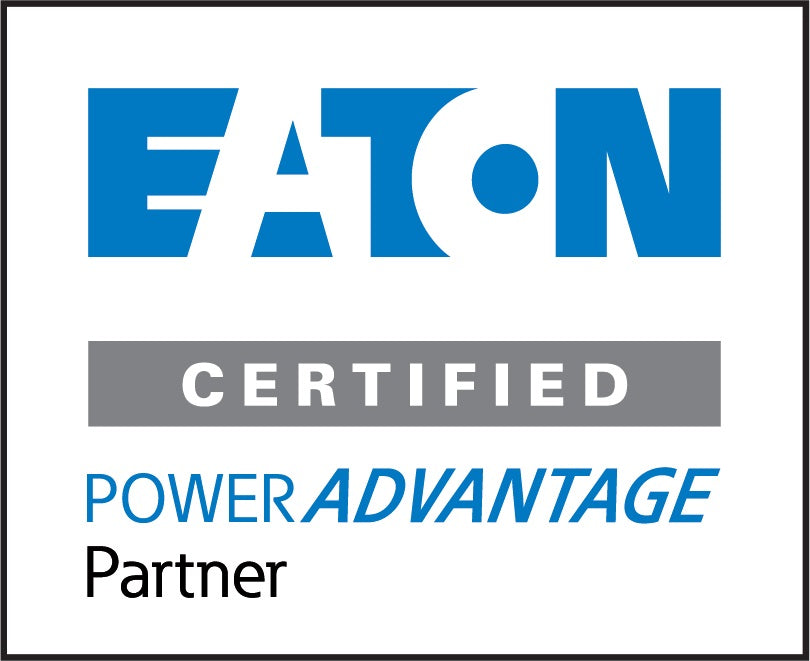Level Up Your Link: Finding the Best Network Switches for Fast and Reliable Internet
In today's hyper-connected world, a stable and speedy internet connection is no longer a luxury – it's a necessity. Whether you're streaming 4K movies, engaging in online gaming, running a small business, or simply trying to work from home without constant buffering, the backbone of your digital experience often lies in a humble yet crucial piece of hardware: the network switch.
Think of your router as the traffic director of your home or office network, deciding where internet traffic needs to go. A network switch, on the other hand, acts like a multi-lane highway, expanding the number of wired connections available from your router. It allows multiple devices – computers, printers, smart TVs, gaming consoles, and more – to communicate efficiently with each other and access the internet simultaneously without congestion.
But with a plethora of options available, choosing the right network switch can feel overwhelming. Fear not! This blog will guide you through the key considerations and highlight some of the best network switches to ensure a fast and reliable internet experience.
Understanding Your Needs: Key Factors to Consider
Before diving into specific models, let's assess your requirements:
-
Number of Ports: This is the most fundamental consideration. How many wired devices do you currently have, and do you anticipate adding more in the future? Switches typically come with 5, 8, 16, 24, or even more ports. It's always wise to have a few extra ports for future expansion.
- Small Home (1-3 wired devices): A 5 or 8-port switch might suffice.
- Larger Home/Small Office (4-8 wired devices): A 16-port switch is a good starting point.
- Growing Business (9+ wired devices): Consider a 24-port switch or even multiple interconnected switches.
-
Speed (Bandwidth): Network switches come in different speed ratings, typically expressed in Gigabit Ethernet (1 Gbps) or even faster multi-gigabit speeds (2.5 Gbps, 5 Gbps, 10 Gbps). For most home users with standard internet plans, a Gigabit Ethernet switch will provide ample bandwidth for smooth streaming, online gaming, and file transfers within your local network. However, if you have a very high-speed internet connection (above 1 Gbps) or frequently transfer large files between devices on your network, a multi-gigabit switch can significantly improve performance.
-
Managed vs. Unmanaged: This is a crucial distinction.
- Unmanaged Switches: These are plug-and-play devices that require no configuration. They are ideal for basic home networking needs where simplicity is key. They simply forward data between connected devices.
- Managed Switches: These offer advanced features and configuration options, such as VLAN support (for segmenting your network), QoS (Quality of Service for prioritizing certain types of traffic like video calls), and network monitoring. Managed switches are typically used in business environments or by technically savvy home users who need more control over their network.
-
PoE (Power over Ethernet): If you plan to connect devices like IP cameras, VoIP phones, or wireless access points that can be powered over an Ethernet cable, you'll need a PoE switch. This eliminates the need for separate power adapters for these devices, simplifying installation and cable management.
-
Budget: Network switches range in price depending on the number of ports, speed, and features. Determine your budget beforehand to narrow down your options.
Top Network Switch Categories and Recommendations
Based on the factors above, here are some of the best network switches in different categories:
For Basic Home Use (Unmanaged Gigabit Switches):
- NETGEAR GS308: A reliable and affordable 8-port Gigabit unmanaged switch. It's compact, fanless (for silent operation), and provides a straightforward way to expand your wired network.
- TP-Link TL-SG108: Another popular and budget-friendly 8-port Gigabit unmanaged switch known for its ease of use and solid performance.
- Linksys LGS105: A 5-port Gigabit unmanaged switch, perfect for smaller setups needing just a few extra wired connections.
For Enhanced Home/Small Office (Smart/Web-Managed Gigabit Switches):
These switches offer some basic management features through a web interface without the complexity of fully managed switches.
- NETGEAR GS108Ev3: An 8-port Gigabit smart managed switch offering VLAN support, QoS, and basic security features at a reasonable price.
- TP-Link TL-SG108E: An 8-port Gigabit Easy Smart switch with similar features to the NETGEAR GS108Ev3, providing a good balance between simplicity and control.
For High-Performance Home/Small Business (Managed Gigabit/Multi-Gigabit Switches):
These switches provide advanced features for demanding users and growing businesses.
- Ubiquiti UniFi Switch Lite 8 PoE: An 8-port Gigabit managed switch with PoE capabilities, ideal for powering UniFi access points and cameras. It integrates seamlessly with the UniFi network controller for centralized management.
- NETGEAR MS510TXUP: An 8-port multi-gigabit (2.5G) smart managed switch with two 10G SFP+ ports and PoE+, offering future-proofing for high-bandwidth applications.
- QNAP QSW-M2108-2C: An 8-port 2.5GbE unmanaged switch with two 10GbE SFP+/RJ45 combo ports, providing a cost-effective way to upgrade to multi-gigabit speeds.
For Power over Ethernet (PoE) Needs:
- TP-Link TL-SG1008P: An 8-port Gigabit PoE+ unmanaged switch, perfect for powering multiple PoE devices like IP cameras and wireless access points.
- NETGEAR GS308EP: An 8-port Gigabit PoE+ unmanaged switch offering a simple and reliable way to deploy PoE-enabled devices.
Tips for Optimal Performance and Reliability:
- Use High-Quality Ethernet Cables: Ensure you are using Cat 5e or Cat 6 Ethernet cables for Gigabit speeds and Cat 6a or higher for multi-gigabit speeds. Poor quality cables can lead to connectivity issues and slower speeds.
- Placement Matters: Position your switch in a well-ventilated area to prevent overheating, which can impact performance and lifespan.
- Keep Firmware Updated: Regularly check the manufacturer's website for firmware updates for your switch. These updates often include performance improvements, bug fixes, and security patches.
- Consider Future Needs: When choosing a switch, think about your potential future networking requirements to avoid needing to upgrade sooner than necessary.
Conclusion:
Investing in the right network switch is a crucial step towards achieving a fast and reliable internet experience. By carefully considering your needs, understanding the different types of switches and their features, and exploring the recommendations above, you can level up your link and enjoy seamless connectivity for all your digital activities. Don't let a bottleneck in your wired network hold you back – choose wisely and unlock the full potential of your internet connection!







